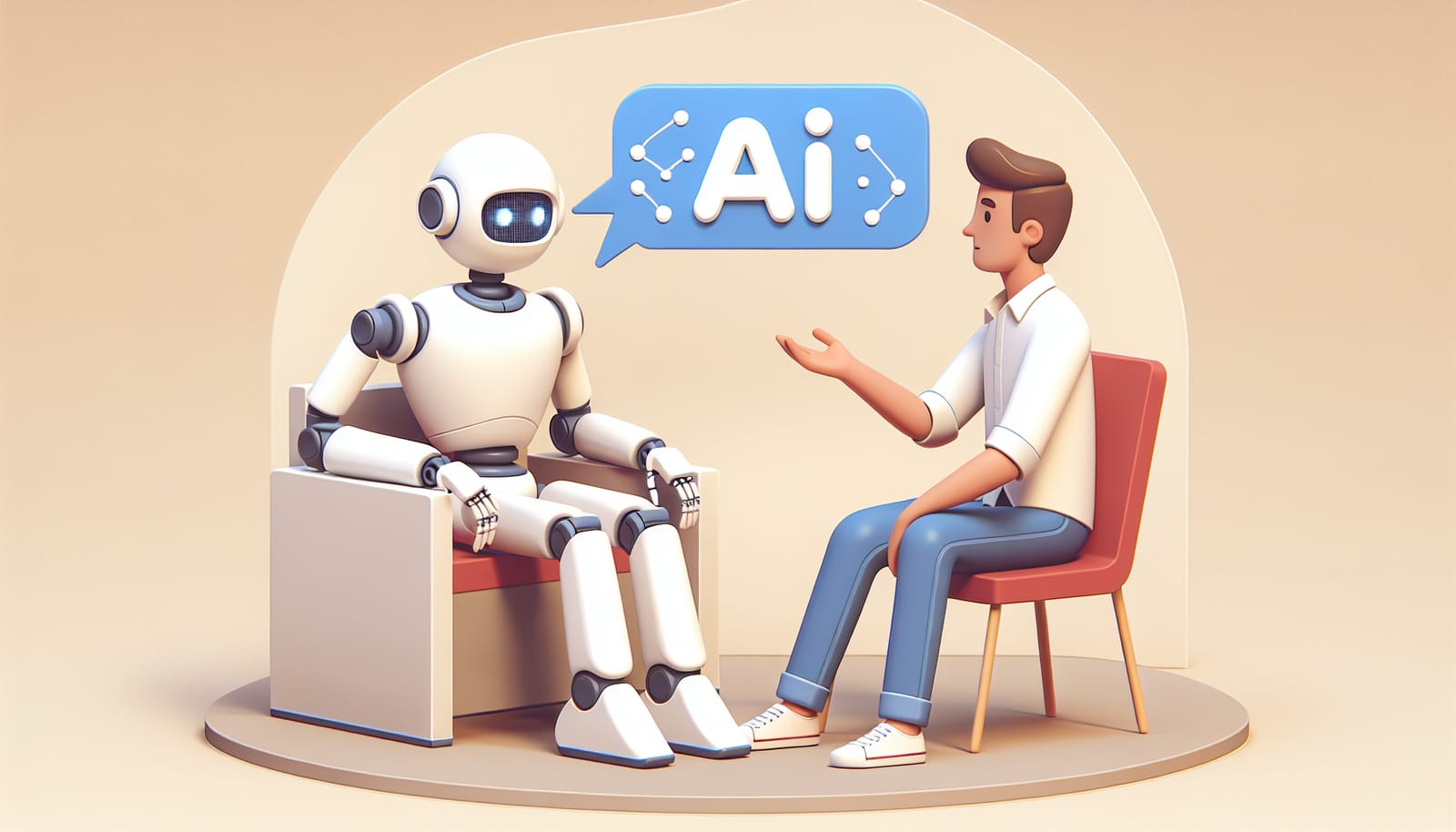In today’s fast-paced world, where teachers juggle lesson plans, grading, and classroom management, the introduction of artificial intelligence (AI) into education has become a game-changer. Imagine having a helpful assistant that can save time, reduce stress, and enhance learning experiences! That's precisely what AI is doing for educators worldwide. In this article, we'll explore how teachers are harnessing the power of AI to make their lives easier and how it can benefit students too.
The Time-Consuming Tasks Teachers Face
Teaching is a rewarding profession, but it comes with its challenges. Teachers spend countless hours preparing lessons, grading assignments, and managing classroom dynamics. According to surveys, teachers often work over 50 hours a week, which can lead to burnout. This is where AI steps in to lighten the load.
Teachers can use AI for tasks like grading assignments, which can be tedious and time-consuming. Imagine submitting a stack of papers and receiving instant feedback on scores and comments! AI can analyze students’ work and provide insights into common mistakes, allowing teachers to address issues promptly.
AI in Lesson Planning
One of the most significant ways AI is transforming education is through lesson planning. AI tools can analyze curriculum standards and create personalized lesson plans that cater to diverse learning styles. For instance, if a teacher is covering a topic like "the water cycle," AI can suggest interactive activities, videos, and assessments tailored to the specific needs of the class.
These tools can also adapt to real-time feedback. If a particular lesson isn't resonating with students, AI can help teachers pivot and provide alternative resources that might be more effective. This flexibility not only saves time but also ensures that students are engaged.
Enhancing Student Engagement
AI is not just beneficial for teachers; it also creates a more engaging learning environment for students. Many AI applications can create interactive learning experiences. For example, chatbots can answer students' questions outside of class, allowing them to seek help when they need it most.
Additionally, AI can personalize learning paths for students. By analyzing their performance and understanding their strengths and weaknesses, AI can recommend resources and activities suited to individual learning needs. This tailored approach helps students grasp concepts more effectively.
Grading Made Easy
Grading papers and tests is often one of the most daunting tasks for teachers. Fortunately, AI can simplify this process. With machine learning algorithms, AI can grade multiple-choice tests in seconds. But it doesn't stop there! Some advanced AI systems can even evaluate written essays by checking grammar, coherence, and style.
Moreover, AI can provide detailed analytics on student performance. This information helps teachers identify trends, such as which topics students struggle with most, allowing them to address these issues proactively.
Communication with Parents
Another area where AI shines is communication. Keeping parents informed about their child's progress is essential, but it can be overwhelming for teachers. AI-driven communication tools can automate updates and notifications, allowing teachers to focus on teaching rather than sending countless emails.
For instance, AI can generate weekly reports summarizing student performance and behavior, which can then be easily shared with parents. This transparency helps create a collaborative environment between teachers and families, improving student outcomes.
Professional Development and Collaboration
AI can also play a role in teachers' professional development. By analyzing teaching practices and student outcomes, AI can recommend specific training or resources that can enhance a teacher's skills. This ensures that educators are continually improving and adapting to their students' needs.
Additionally, AI can foster collaboration among teachers. AI-powered platforms can connect educators across the globe, allowing them to share resources, lesson plans, and strategies. This exchange of ideas can significantly enrich teaching practices, benefiting both teachers and students.
Preparing Students for the Future
As we embrace AI in education, we also prepare students for a future filled with technology. By incorporating AI into the classroom, teachers can demonstrate how these tools work and how they can be used effectively. This exposure helps students develop critical thinking and problem-solving skills, which are essential in today’s job market.
Furthermore, AI can teach students about data analysis, coding, and other tech-related subjects. By integrating these topics into the curriculum, teachers are equipping students with the skills necessary for success in a technology-driven world.
Conclusion: The Future of AI in Education
The integration of AI into education is not just a passing trend; it is reshaping the teaching and learning landscape. By automating routine tasks, enhancing student engagement, and providing valuable insights, AI is allowing teachers to focus on what they do best: educating and inspiring students.
As we look to the future, the potential for AI in education seems limitless. With continued advancements, we can expect even more innovative tools that will further support teachers and students alike. Embracing AI not only saves time and sanity for educators but also enriches the learning experience, making education more accessible and effective for all.
In this exciting new era of education, teachers are not just surviving; they are thriving—thanks to the power of AI! So, whether you’re a teacher looking to simplify your workload or a student eager to engage in new learning experiences, remember that AI is here to help pave the way for a brighter educational future.


